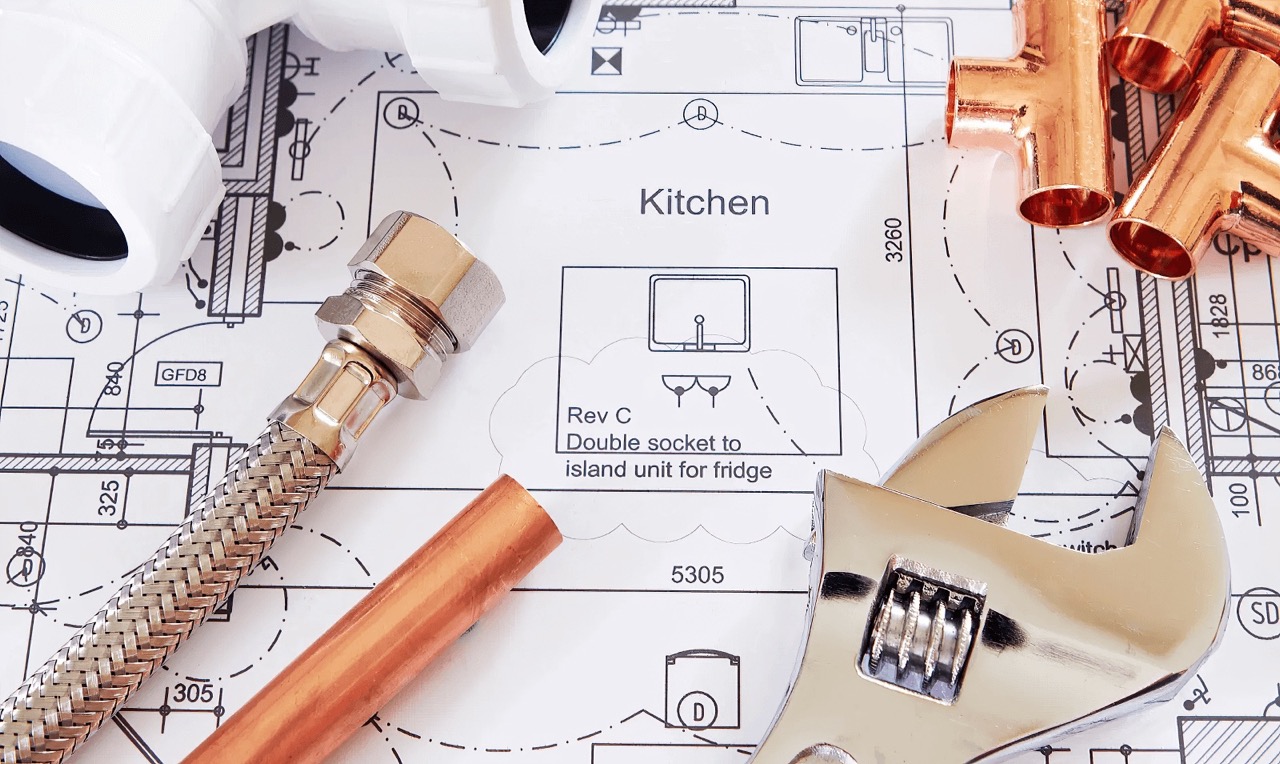

Articles
How To Get The Plumbing Plans For My House
Modified: December 7, 2023
Learn how to obtain plumbing plans for your house with our informative articles. Gain the knowledge you need to tackle your plumbing projects.
(Many of the links in this article redirect to a specific reviewed product. Your purchase of these products through affiliate links helps to generate commission for Storables.com, at no extra cost. Learn more)
Introduction
Welcome to the world of plumbing plans! If you’re a homeowner or someone involved in construction and renovation projects, you understand the importance of having accurate and detailed plumbing plans for your house. Plumbing plans are essential blueprints that outline the layout and installation of all the plumbing systems in your home. They provide crucial information about the water supply, drainage, and ventilation systems, ensuring that your plumbing works efficiently and meets building codes and regulations.
Having access to plumbing plans is beneficial in many ways. Whether you’re planning to remodel your bathroom, install new fixtures, or troubleshoot plumbing issues, having a clear understanding of the existing plumbing layout is vital. However, obtaining these plans may seem like a daunting task, especially if you’re unsure where to start or who to contact.
In this article, we will guide you through the process of obtaining plumbing plans for your house. Whether you decide to hire a professional plumbing company or take matters into your own hands, we’ll provide you with valuable insights to make the process easier and more efficient.
So, let’s dive in and explore the different steps you can take to obtain the plumbing plans for your house.
Key Takeaways:
- Obtaining plumbing plans for your house is crucial for efficiency, safety, compliance, and maintenance. Whether through authorities, professionals, DIY, or online databases, the process requires patience and determination.
- Exploring various methods, such as consulting with the original builder or architect, requesting plans from the previous owner, or hiring a plumbing inspector, offers unique approaches to obtaining plumbing plans. Each step empowers homeowners and contractors to make informed decisions and ensure the optimal performance of their plumbing systems.
Read more: How To Get The Building Plans For My House
Understanding the Importance of Plumbing Plans
Before we delve into the various methods of obtaining plumbing plans for your house, let’s first understand why these plans are so important. Plumbing plans serve as a roadmap for your home’s plumbing system, guiding plumbers, contractors, and maintenance personnel in their work. Here are a few reasons why plumbing plans are crucial:
- Efficiency: Plumbing plans provide a comprehensive overview of the water supply, drainage, and ventilation systems in your house. By following these plans, plumbers can ensure that all pipes, fixtures, and connections are installed correctly, maximizing the efficiency of your plumbing system.
- Safety: Properly designed plumbing plans ensure the safe delivery of water and the efficient removal of waste. Having accurate plans allows plumbers to identify potential hazards, such as cross-connections or improper pipe sizing, and mitigate them, reducing the risk of leaks, floods, and other plumbing emergencies.
- Compliance: Building codes and regulations require that plumbing systems meet certain standards. Plumbing plans provide a means of ensuring compliance with these requirements, allowing inspectors to verify that the system is installed correctly.
- Maintenance and Repairs: Over time, you may encounter plumbing issues or need to make repairs or modifications to your system. Plumbing plans serve as a reference for identifying the location of pipes, valves, and fixtures, making it easier to diagnose problems and carry out necessary repairs.
By having access to your plumbing plans, you can save time and money on repairs, renovations, and maintenance. Whether you’re a homeowner or a contractor, understanding the importance of plumbing plans is essential for maintaining a functional and efficient plumbing system.
Step 1: Contact the Appropriate Authorities
When it comes to obtaining plumbing plans for your house, the first step is to contact the appropriate authorities. Depending on your location and the jurisdiction in which your property is located, there are specific departments and agencies responsible for overseeing building permits and plumbing records. Here are some authorities you may need to reach out to:
- Local Building Department: Start by contacting your local building department. They usually have records of all building permits, including plumbing permits, issued for properties within their jurisdiction. Reach out to their office and inquire about the process for obtaining plumbing plans. They will guide you on the required documents, fees, and any specific procedures you need to follow.
- City or County Planning Department: In some cases, plumbing plans may fall under the purview of the city or county planning department. Contact them to see if they have any plumbing records or can direct you to the appropriate department for further assistance.
- Water and Sewer Authority: If you are looking for specific information about the water supply and sewage system, you may need to contact the local water and sewer authority. They may have records related to the connection points, main lines, and other relevant details for your property.
- Health Department: Depending on your area, the health department may also have information regarding plumbing and sanitation regulations. They can provide guidance on the requirements and standards that should be followed when it comes to plumbing installations.
When contacting these authorities, be prepared to provide them with relevant details about your property, such as its address, legal description, and any other information they may require to locate the plumbing plans. They may also ask for proof of ownership or authorization to access the records, so be sure to have the necessary documents ready.
Keep in mind that the process of obtaining plumbing plans from the authorities may vary depending on the location and specific regulations in place. It is advisable to be patient and follow their instructions closely to ensure a successful outcome.
Step 2: Hiring a Professional Plumbing Company
If contacting the appropriate authorities didn’t yield the desired results or you need more assistance, another option is to hire a professional plumbing company to help you obtain the plumbing plans for your house. Plumbing companies have experience in working with building departments and navigating the process of obtaining permits and records. Here’s how you can go about hiring a professional plumbing company for this task:
- Research and Recommendations: Start by researching reputable plumbing companies in your area. Look for companies with experience in plumbing plan retrieval or who have a deep understanding of local building codes and regulations. You can ask for recommendations from friends, family, or neighbors who have recently had plumbing work done.
- Consultation and Cost Estimate: Contact the plumbing companies you’re interested in and schedule a consultation. During the consultation, explain your situation and why you need to obtain the plumbing plans. A professional plumbing company will assess the scope of the work and determine the best approach to retrieve the plans. They will also provide you with a cost estimate for their services.
- Verify Licensing and Insurance: Before hiring a plumbing company, make sure they are properly licensed and insured. This ensures that they have the necessary qualifications and coverages to perform the task. Request proof of their licenses and insurance policies and verify their authenticity.
- Agreement and Contract: Once you’ve chosen a plumbing company, it’s important to have a written agreement or contract in place. This document should outline the scope of the work, including the specific tasks related to obtaining the plumbing plans. It should also detail the agreed-upon timeline and the payment terms.
- Communication and Updates: Throughout the process, maintain open communication with the plumbing company. Regularly inquire about the progress and any updates regarding the retrieval of the plumbing plans. A professional company will keep you informed and address any concerns or questions you may have.
Hiring a professional plumbing company can save you time and effort in obtaining the plumbing plans for your house. Their expertise and knowledge of the local building codes and processes can streamline the overall process and ensure that the necessary paperwork is handled correctly.
Remember to choose a reputable and reliable plumbing company that has a track record of delivering quality services. Be sure to discuss the fees and expectations upfront to avoid any surprises later on. With the help of a professional plumbing company, you’ll increase your chances of successfully obtaining the plumbing plans you need.
Step 3: DIY Plumbing Plans
If you’re feeling up for the challenge and want to take matters into your own hands, you can attempt to create your plumbing plans yourself. While this option requires some technical knowledge and skills, it can be a rewarding and cost-effective approach. Here are the steps to follow for a successful DIY plumbing plan:
- Assess Your Plumbing System: Start by familiarizing yourself with your existing plumbing system. Take note of the location of fixtures, pipes, drains, and vents. Identify the main water supply line and the points where the plumbing system connects to the municipal supply or septic tank.
- Gather the Necessary Tools and Materials: To create your plumbing plans, you’ll need some essential tools and materials. These may include graph paper, a measuring tape, a pencil, an eraser, and a ruler. It’s important to use accurate measurements and scale when drawing the plans.
- Draw a Rough Layout: Begin by drawing a rough layout of your house or the specific area you’re focusing on. Use the graph paper to create a scaled drawing of the floor plan. Include walls, doors, and windows to provide a reference for the plumbing layout.
- Add Plumbing Fixtures and Connections: Based on your assessment of the existing plumbing system, mark the locations of plumbing fixtures such as toilets, sinks, showers, and bathtubs on the drawing. Then, connect these fixtures with lines to represent the supply and drain pipes. Be sure to indicate the sizes and types of pipes used.
- Include Ventilation and Vent Pipes: Vent pipes are crucial for proper functioning of the plumbing system. Make sure to include them in your plans. Vent pipes remove sewer gases, allow for the proper flow of waste and prevent potential issues such as siphoning and trap seals breaking.
- Label and Provide Notes: As you draw your plumbing plans, label each fixture, pipe, and connection. This will help you understand the layout and easily identify different components. Consider adding notes or annotations to provide additional details or instructions for future reference.
- Double-Check and Fine-Tune: Once you’ve completed the initial plumbing plan, review it thoroughly. Check for any inconsistencies or errors. Make necessary adjustments and fine-tune the layout to ensure accuracy.
- Consult with Professionals: While creating your plumbing plans, it’s always a good idea to consult with experienced professionals, such as plumbers or architects. They can review your plans, offer suggestions, and provide valuable insights to ensure their correctness.
Remember, creating your plumbing plans requires a good understanding of plumbing basics and building codes. It’s essential to educate yourself about local regulations and requirements to ensure compliance. If you’re not confident in your abilities or find the task too complex, don’t hesitate to seek professional help.
By taking the DIY route, you have the opportunity to gain a deeper knowledge of your plumbing system and save on expenses. However, always prioritize safety and accuracy to ensure that your DIY plumbing plans are reliable and useful for future reference.
Read more: How Do I Get The Floor Plan For My House
Step 4: Searching Online Databases
In the digital age, the internet has become a valuable resource for accessing information of all kinds, including plumbing plans. Online databases can provide a convenient and efficient way to search for plumbing plans for your house. Here’s how you can utilize online databases in your quest:
- Research Popular Online Platforms: Start by researching popular online platforms and websites that offer access to construction and building records. Some websites specialize in aggregating building permits and plans from various sources, making it easier for homeowners to find the information they need.
- Visit Local Government Websites: Many local government websites have dedicated sections or databases where they provide public access to building permits and records. Check your city or county’s official website and explore the available resources. In some cases, you may need to create an account or request access to these databases.
- Search by Address: Once you’ve found relevant online databases, use your property’s address to search for any available plumbing plans. Enter your address into the search bar or filter options provided on the website to narrow down the results.
- Explore Additional Filters and Options: Online databases often provide filters and search options to refine your results. You may be able to search by specific dates, permit numbers, or other parameters to help you locate the desired plumbing plans more effectively.
- Download and Review: If you find plumbing plans that match your property, download them and carefully review the content. Pay attention to the layout, pipe sizes, connection points, and any other relevant details. It’s important to ensure that the obtained plans are clear, legible, and accurate.
- Consider Paid Services: While many online databases offer free access to public records, there may be limitations on the availability of plumbing plans or restrictions on the level of detail provided. In such cases, you may consider using paid services or consulting with professionals who have access to more comprehensive databases.
Searching online databases for plumbing plans can be a time-saving and cost-effective method, especially if the plans are readily available. However, keep in mind that not all jurisdictions may have their records digitized and accessible online. In such cases, you may need to explore other options or contact the local authorities directly.
Remember to thoroughly check the authenticity and accuracy of the plans obtained from online databases. It’s always a good idea to consult with professionals or compare the obtained plans with other available sources to ensure their validity.
Contact your local building department or the original architect or builder of your house to obtain a copy of the plumbing plans. You may also find them in the home’s original construction documents.
Step 5: Visiting the Local Building Department
If you prefer a more hands-on approach and want direct access to plumbing plans, visiting the local building department is a viable option. Building departments are the custodians of construction and plumbing records, making them an excellent resource for obtaining the plumbing plans for your house. Here’s what you need to do:
- Locate and Gather Documentation: Before visiting the local building department, gather any relevant documentation that may aid in your search. This could include property deeds, permits, or other records you may have. Ensure you have identification and proof of ownership or authorization to access the records.
- Contact the Building Department: Reach out to the local building department to inquire about their hours of operation and any specific documentation requirements for accessing plumbing plans. It’s helpful to call ahead of time to confirm their availability and to schedule an appointment if necessary.
- Prepare Specific Questions: To make the most of your visit, prepare a list of specific questions or details you’re looking for in the plumbing plans. This could include information about pipe sizes, fixture locations, or details on specific modifications made to the plumbing system.
- Meet with Building Department Staff: When you arrive at the building department, introduce yourself and explain your purpose for visiting. Briefly explain that you’re looking to obtain plumbing plans for your house. The staff will guide you through the process and let you know what information or documentation is required.
- Assist in the Search Process: In most cases, the building department staff will assist you in accessing the plumbing plans. Provide them with all the necessary information, such as the property address and any relevant details you have. They will locate the plumbing plans and provide you with access to review them.
- Take Notes and Make Copies: While reviewing the plumbing plans, take notes and make any necessary copies to bring home. Pay close attention to the layout, connections, and any important information that may help you with future plumbing projects or repairs.
- Express Gratitude and Follow Up: Once you’ve obtained the plumbing plans, express your gratitude to the building department staff for their assistance. If you have any follow-up questions or need additional information, be sure to ask before leaving.
Visiting the local building department can be a fruitful and direct approach to obtaining plumbing plans. It allows you to review the plans firsthand and address any specific questions or concerns you may have. Building department staff are knowledgeable and can provide valuable guidance throughout the process.
Remember to be patient and respectful during your visit. Building departments tend to be busy, so it’s important to cooperate and follow their protocols. With proper preparation and communication, visiting the local building department can be a successful step towards obtaining the plumbing plans for your house.
Step 6: Consulting with the Original Builder or Architect
When looking to obtain plumbing plans for your house, reaching out to the original builder or architect can be a valuable step. The individuals or firms responsible for designing and constructing your house may have retained copies of the plumbing plans. Here’s how you can go about consulting with them:
- Research and Identify the Original Builder or Architect: Begin by researching and gathering information about the original builder or architect of your house. This may involve referring to old documents, contacting the previous owners, or doing some online research about the history of your property.
- Contact the Builder or Architect: Once you have identified the original builder or architect, reach out to them. This can be done through their website, email, or a phone call. Introduce yourself, explain your purpose for contacting them, and express your interest in obtaining the plumbing plans for your house.
- Provide Relevant Details: When communicating with the builder or architect, provide as much information as possible about your property. This may include the address, year of construction, and any specific details about the plumbing system or modifications that have been made over time.
- Inquire About the Availability of Plumbing Plans: Ask the builder or architect if they have retained copies of the plumbing plans. They may have them on file or be able to direct you to the appropriate resource or department where they are stored. In some cases, they may charge a fee for retrieving and providing the plans.
- Schedule a Meeting or Discuss Remotely: Depending on the availability and preferences of the builder or architect, you may need to schedule a meeting to discuss the plumbing plans. This can be done in person or remotely via video call or email correspondence. During the meeting, be prepared to ask questions and provide any additional information they may need.
- Review and Confirm the Plans: Once you have obtained the plumbing plans, carefully review them to ensure their accuracy and completeness. Take note of any specific instructions or details provided by the builder or architect, as they may offer valuable insights into the plumbing system design and any unique considerations.
- Express Appreciation and Follow Up: After consulting with the original builder or architect, express your gratitude for their assistance. If you have any follow-up questions or need clarification on certain aspects of the plans, don’t hesitate to reach out to them.
Consulting with the original builder or architect can be a rewarding and informative experience. They have first-hand knowledge of the property and may possess invaluable information about the plumbing system. However, it’s crucial to keep in mind that the availability of the builder or architect and their willingness to provide the plans may vary.
Remember to approach the builder or architect with courtesy and professionalism. Treat the exchange as an opportunity to learn more about your house and its plumbing system. By consulting with the original builder or architect, you can gain valuable insights into the plumbing plans and ensure a deeper understanding of your property.
Step 7: Requesting Plumbing Plans from the Previous Owner
If you’re unable to obtain plumbing plans through other means, reaching out to the previous owner of your house is another option worth considering. The previous owner may have retained copies of the plumbing plans or have knowledge of where they can be obtained. Here’s how you can request plumbing plans from the previous owner:
- Locate and Contact the Previous Owner: Begin by locating the contact information of the previous owner of your house. This can be done through property records, real estate agents, or by reaching out to neighbors who may have information about the previous owner. Once you have their contact details, get in touch with them via phone, email, or postal mail.
- Introduce Yourself and Explain Your Purpose: When contacting the previous owner, introduce yourself and explain that you recently became the owner of the house. Express your interest in obtaining the plumbing plans and inquire if they have any knowledge of their whereabouts.
- Provide Pertinent Information: Share relevant details about your property, including the address, construction year, and any specific information you may have gathered about the plumbing system. This will help the previous owner recall and locate the plumbing plans more accurately.
- Inquire About the Availability of Plumbing Plans: Politely ask the previous owner if they have retained copies of the plumbing plans. They may have stored them in their personal records or be aware of the location of the plans. If they don’t have the plans, they may redirect you to other resources or individuals who could assist you.
- Arrange for Plan Transfer or Inspection: If the previous owner has the plumbing plans, discuss the best way to obtain them. This could involve the previous owner providing copies of the plans, allowing you to inspect and take notes, or arranging for a transfer of the plans through mail or in-person.
- Express Appreciation and Offer Assistance: Show gratitude to the previous owner for their assistance and cooperation. Offer to reimburse any costs associated with copying or transferring the plans, if applicable. Additionally, let the previous owner know that you’re available to answer any questions or provide updates regarding the property.
- Verify and Review the Obtained Plans: Once you receive the plumbing plans from the previous owner, verify their completeness and accuracy. Take the time to thoroughly review the plans, understanding the layout, connections, and any specific notes that may be included.
Requesting plumbing plans from the previous owner requires tact and effective communication. Keep in mind that the previous owner may or may not have the plans or may have misplaced them over time. Be understanding and considerate during the process.
By reaching out to the previous owner, you have the opportunity to gain direct access to the plumbing plans and potentially benefit from their knowledge or insights about the property. It’s a collaborative approach that relies on open communication and the willingness of the previous owner to assist in your quest for the plumbing plans.
Read more: How To Find Drainage Plans For My House
Step 8: Hiring a Plumbing Inspector
If all other methods have been exhausted, or if you require a thorough assessment of the plumbing system in addition to obtaining plumbing plans, hiring a professional plumbing inspector is a great option. A plumbing inspector is trained to evaluate the condition of plumbing systems and can provide valuable insights into the layout and functioning of your house’s plumbing. Here’s how you can go about hiring a plumbing inspector:
- Research and Shortlist Plumbing Inspectors: Start by researching qualified and reputable plumbing inspectors in your area. Look for individuals or companies that specialize in plumbing inspections and have a solid track record of providing reliable services. Seek recommendations from friends, family, or local construction professionals who have had positive experiences.
- Check Qualifications and Licensing: Verify the qualifications and licensing of the plumbing inspectors on your shortlist. Ensure that they hold the necessary certifications and licenses required by your local authorities. This ensures their expertise and compliance with regulations.
- Request Quotes and Compare: Contact the shortlisted plumbing inspectors and request quotes for their services. Be prepared to provide details about the size of your property, the age of the plumbing system, and any specific concerns or requirements you have. Compare the quotes along with the reputation and experience of the inspectors to make an informed decision.
- Schedule Inspections: Once you’ve selected a plumbing inspector, schedule an appointment for the inspection. Coordinate with the inspector to ensure a convenient date and time for both parties. Plan to be present during the inspection to ask questions and provide any necessary access to the plumbing system.
- Discuss Your Goal: Before the inspection begins, have a conversation with the plumbing inspector about your goal of obtaining the plumbing plans. They may have insights or access to resources that can assist in retrieving the plans. Discuss any specific areas of concern or aspects you want the inspector to focus on during the evaluation.
- Attend the Inspection: During the inspection, accompany the plumbing inspector as they assess the plumbing system. Take the opportunity to ask questions and learn about the layout and functioning of the plumbing system. The inspector may provide guidance on any necessary repairs or improvements and offer advice based on their findings.
- Request Detailed Report: After the inspection, request a detailed report from the plumbing inspector. The report should include their findings, recommendations, and, if possible, a schematic or diagram of the plumbing system. The inspector may also offer insights into the existing plumbing plans or suggestions for obtaining them.
- Follow Up and Plan Next Steps: Based on the findings and recommendations in the inspector’s report, assess the next steps. This may include scheduling repairs or renovations, further research on obtaining plumbing plans, or consulting with other professionals for additional opinions or assistance.
Hiring a plumbing inspector not only helps you evaluate the current state of your plumbing system but also provides an opportunity to gain valuable insights into obtaining plumbing plans. Their expertise and experience can guide you in the right direction and ensure that your plumbing system is in optimal condition.
Remember to choose a reputable and reliable plumbing inspector who communicates effectively and provides thorough assessments. By hiring a professional plumbing inspector, you’re taking proactive steps to ensure the functionality and longevity of your plumbing system.
Conclusion
Obtaining plumbing plans for your house is an essential step in understanding and maintaining your plumbing system. Whether you’re planning renovations, troubleshooting issues, or simply seeking a better understanding of the layout, having access to accurate plumbing plans is invaluable. Throughout this article, we’ve explored various steps and methods to help you obtain the plumbing plans for your house.
We began by emphasizing the importance of plumbing plans and how they contribute to the efficiency, safety, compliance, and maintenance of your plumbing system. Understanding the significance of these plans sets the foundation for your journey in obtaining them.
We then walked through a series of steps to guide you in your quest. These steps included contacting the appropriate authorities, hiring a professional plumbing company, exploring DIY options, searching online databases, visiting the local building department, consulting with the original builder or architect, requesting plumbing plans from the previous owner, and, finally, hiring a plumbing inspector.
Each step offers a unique approach to obtain plumbing plans, catering to different circumstances and preferences. Depending on your situation, one or more of these steps may be more suitable for your needs.
Remember, the process of obtaining plumbing plans may require patience, research, and coordination with various individuals and organizations. It’s essential to approach the task with a determined mindset and to follow the appropriate procedures dictated by local regulations.
Regardless of the method you choose, always prioritize accuracy, completeness, and compliance when obtaining plumbing plans. Thoroughly review the obtained plans, seek professional advice, and consult with experienced individuals to ensure that your plumbing system is properly understood and maintained.
Having access to plumbing plans for your house empowers you as a homeowner or contractor. It allows you to make informed decisions, carry out repairs and renovations effectively, and ensure the optimal performance of your plumbing system.
By following the steps outlined in this article, you are well-equipped to embark on the journey of obtaining the plumbing plans for your house. Whether you choose to contact authorities, enlist professional help, explore online databases, consult with experts, or take a do-it-yourself approach, the goal remains the same: to have accurate plumbing plans that provide you with invaluable insights into your plumbing system.
Remember, the process may require some perseverance, but the reward of having comprehensive and detailed plumbing plans will undoubtedly be worth it. Good luck in your endeavor to obtain the plumbing plans for your house!
Frequently Asked Questions about How To Get The Plumbing Plans For My House
Was this page helpful?
At Storables.com, we guarantee accurate and reliable information. Our content, validated by Expert Board Contributors, is crafted following stringent Editorial Policies. We're committed to providing you with well-researched, expert-backed insights for all your informational needs.

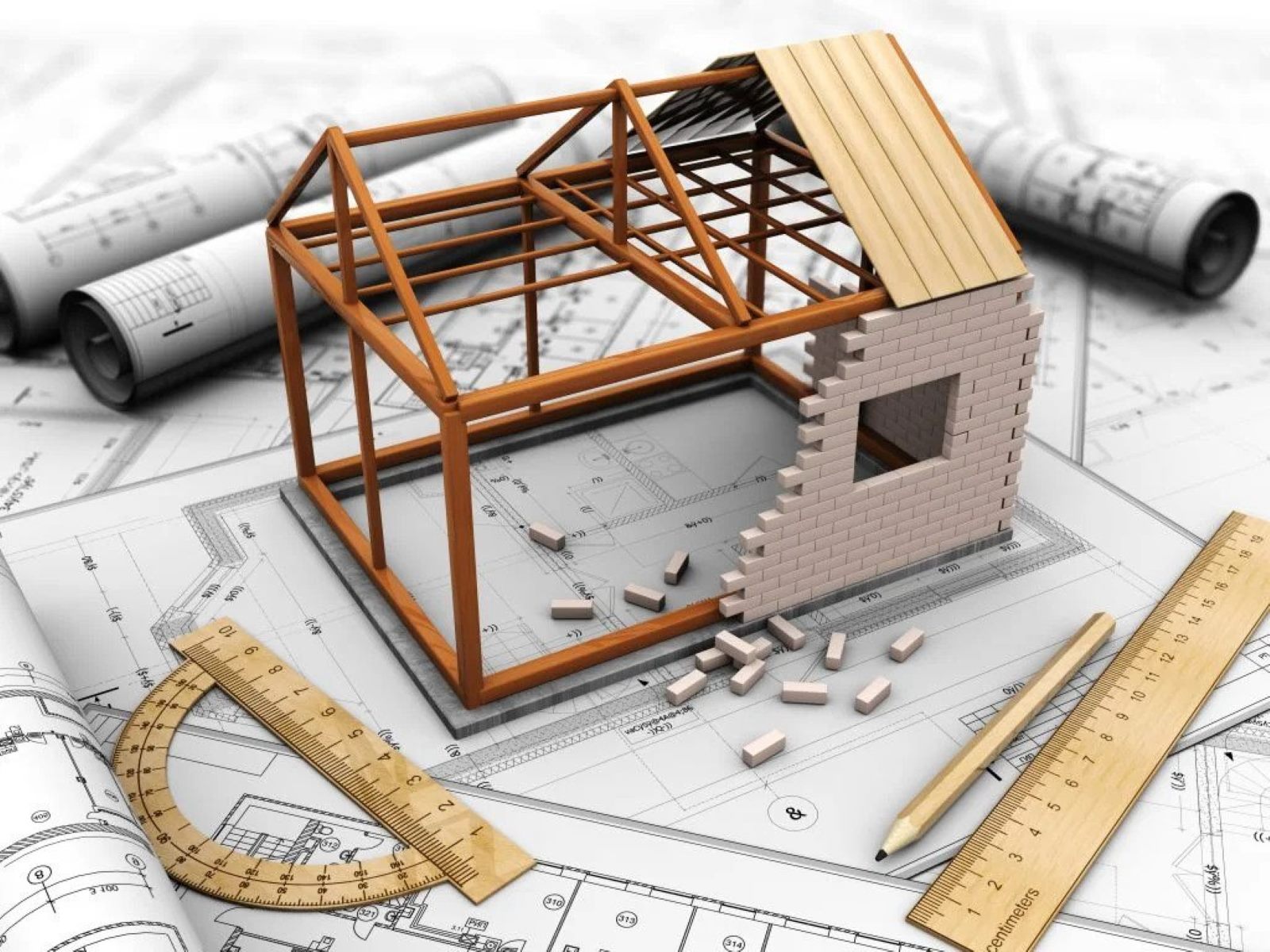




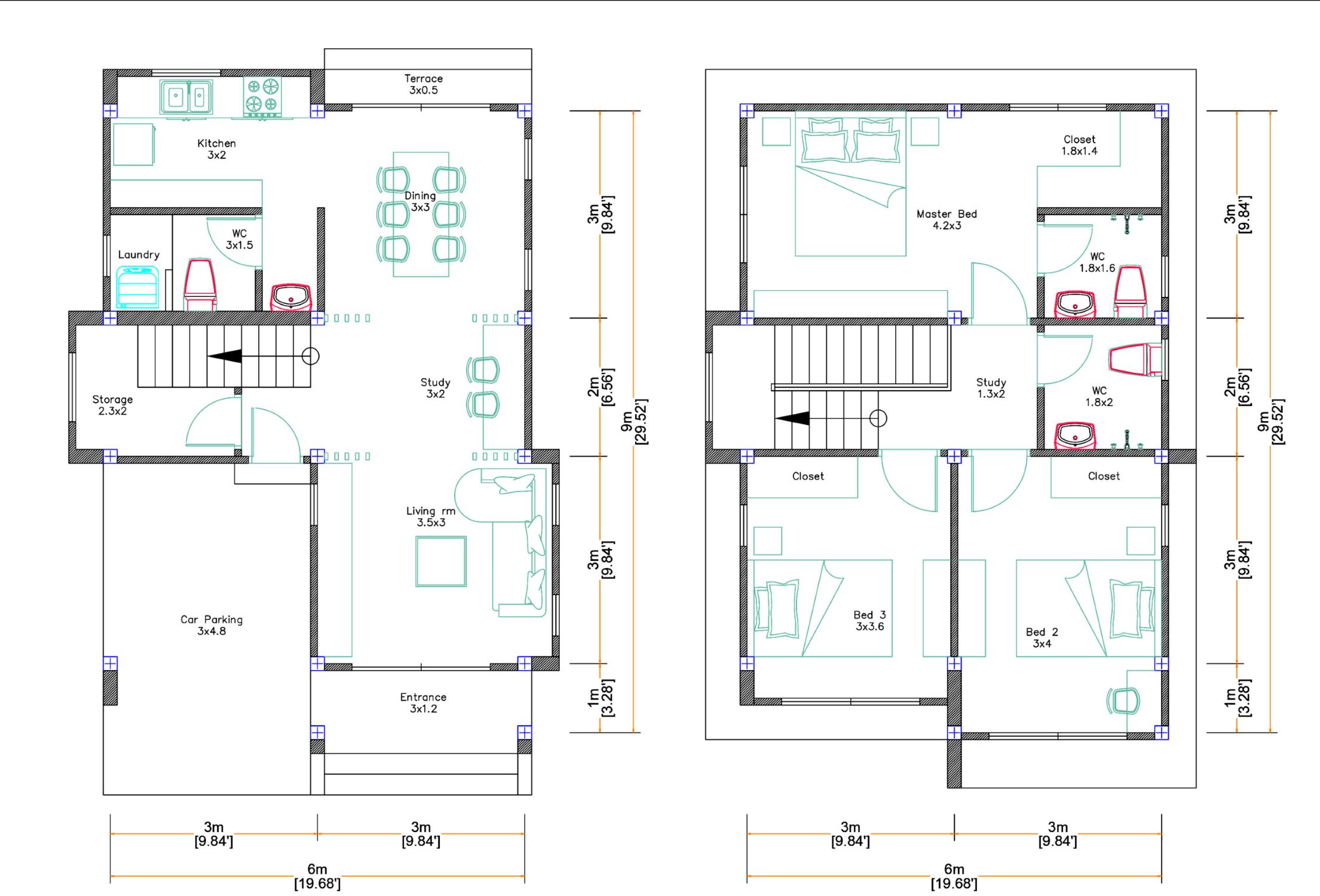

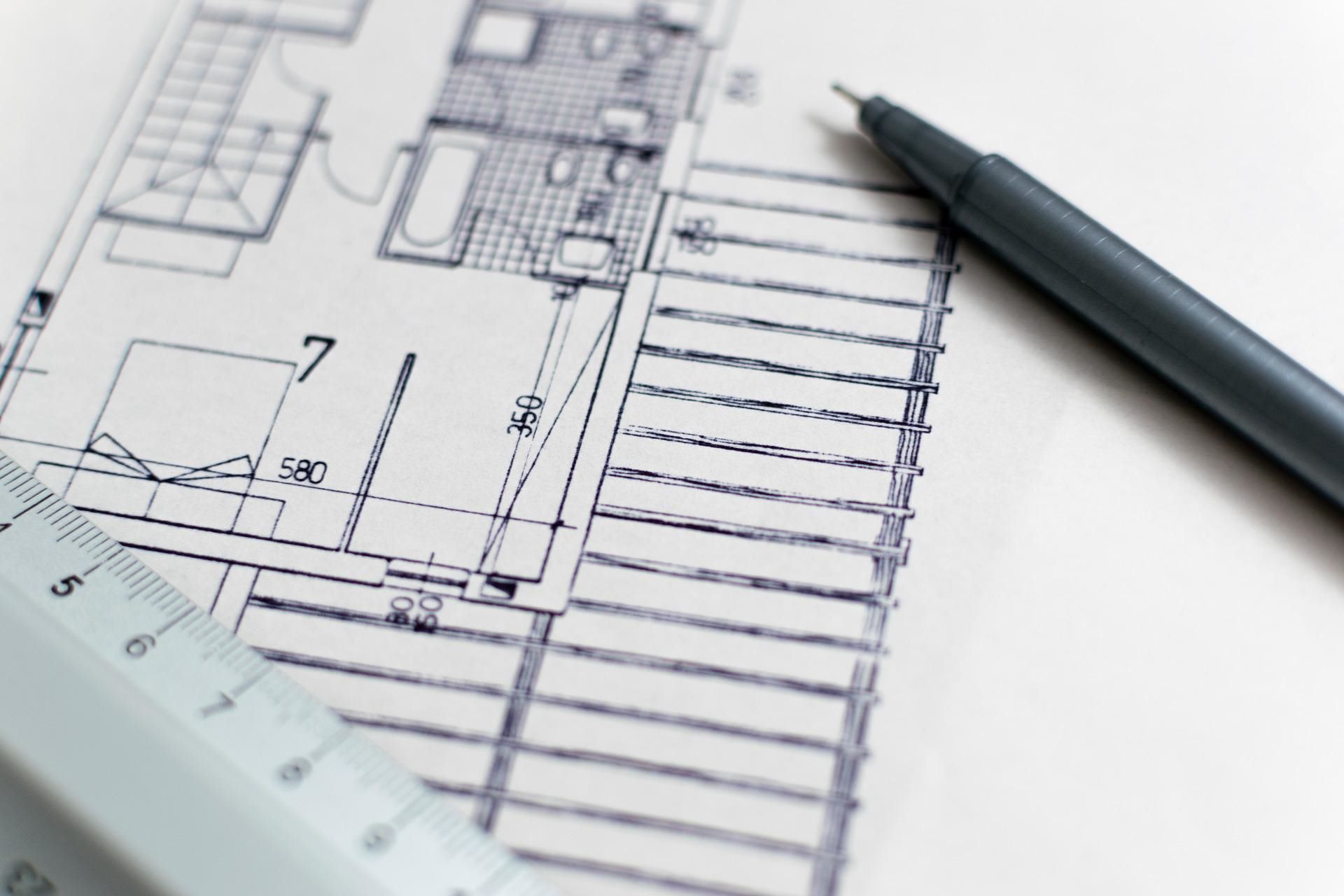
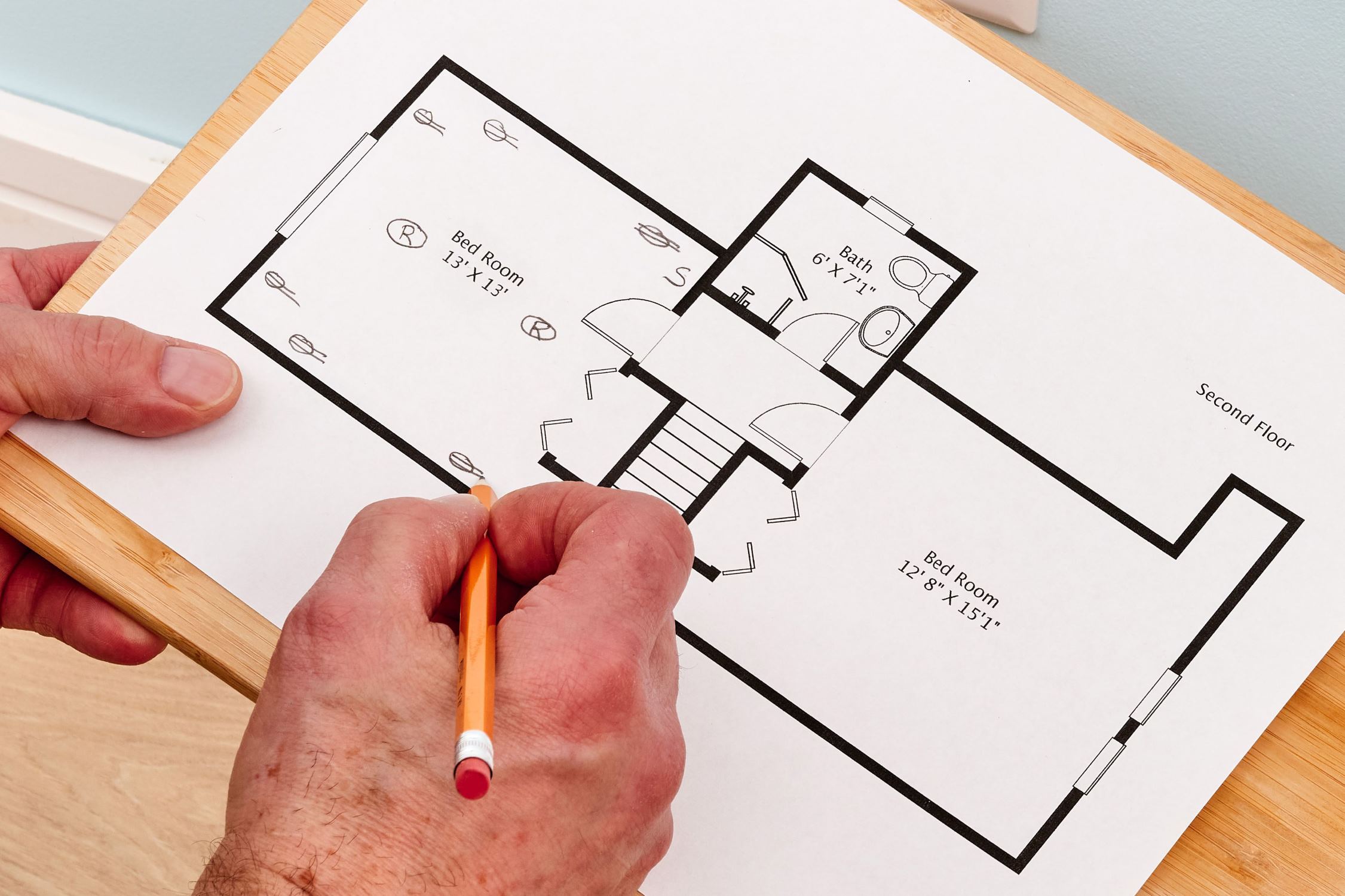
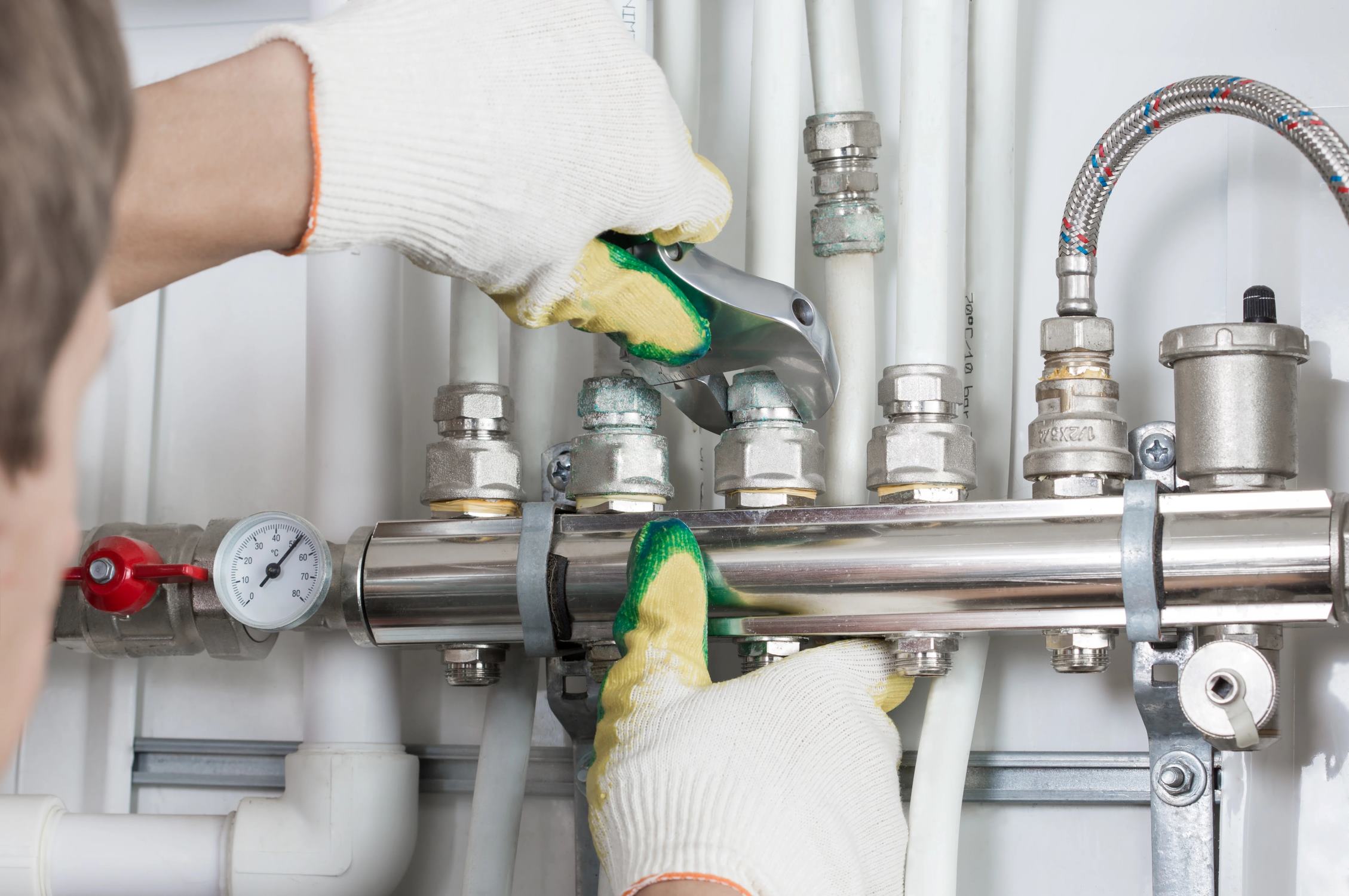
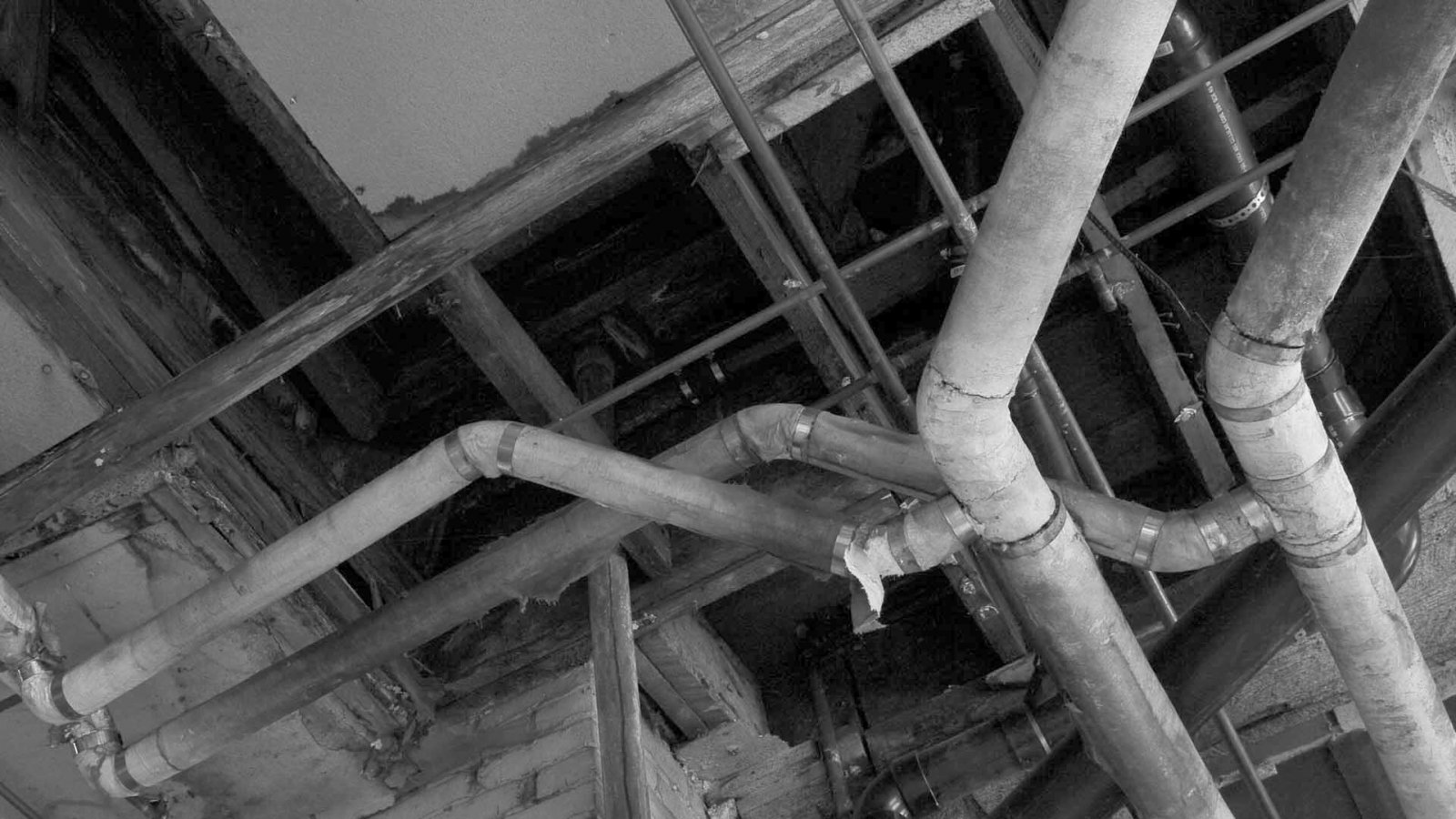
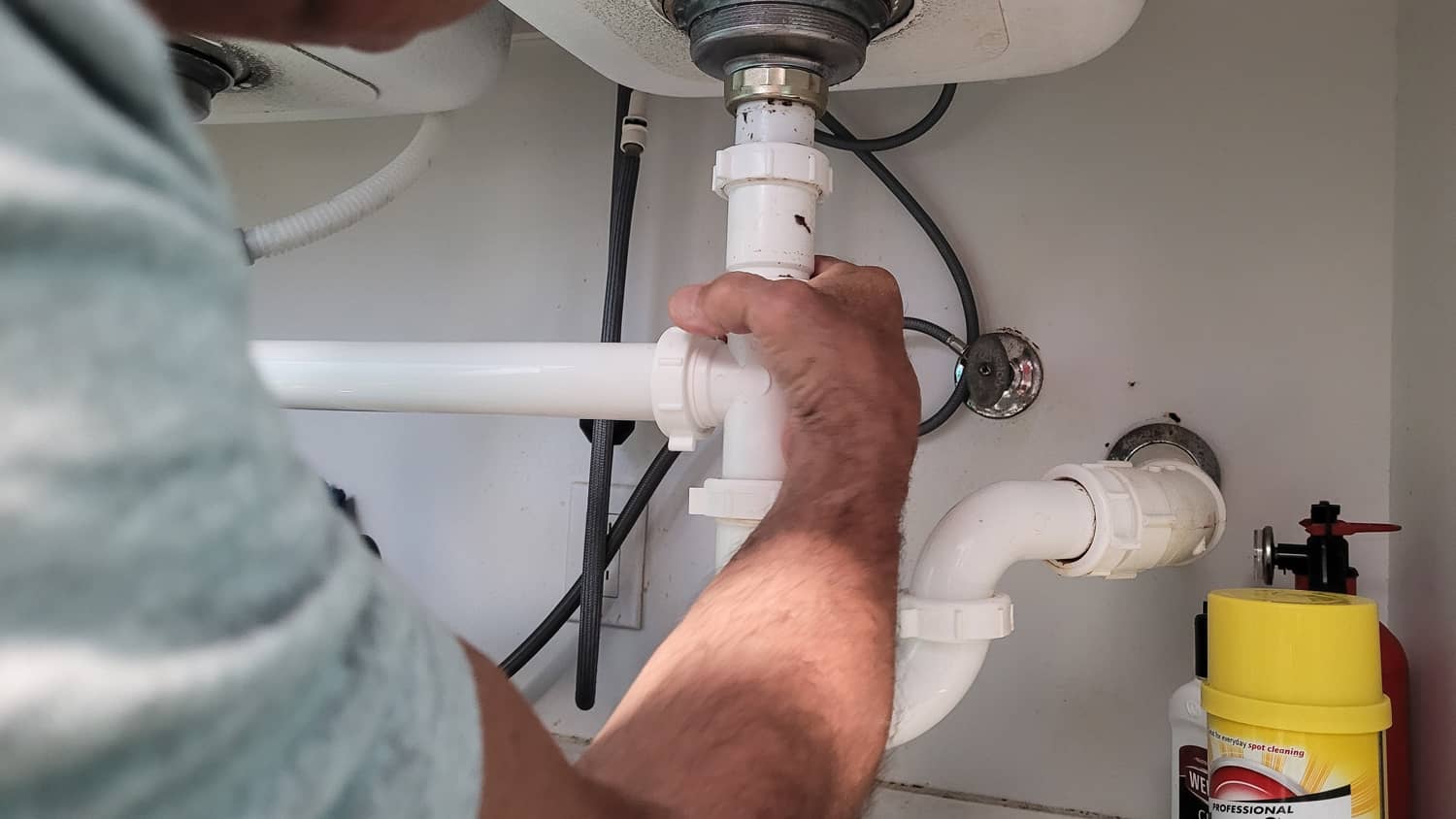

0 thoughts on “How To Get The Plumbing Plans For My House”